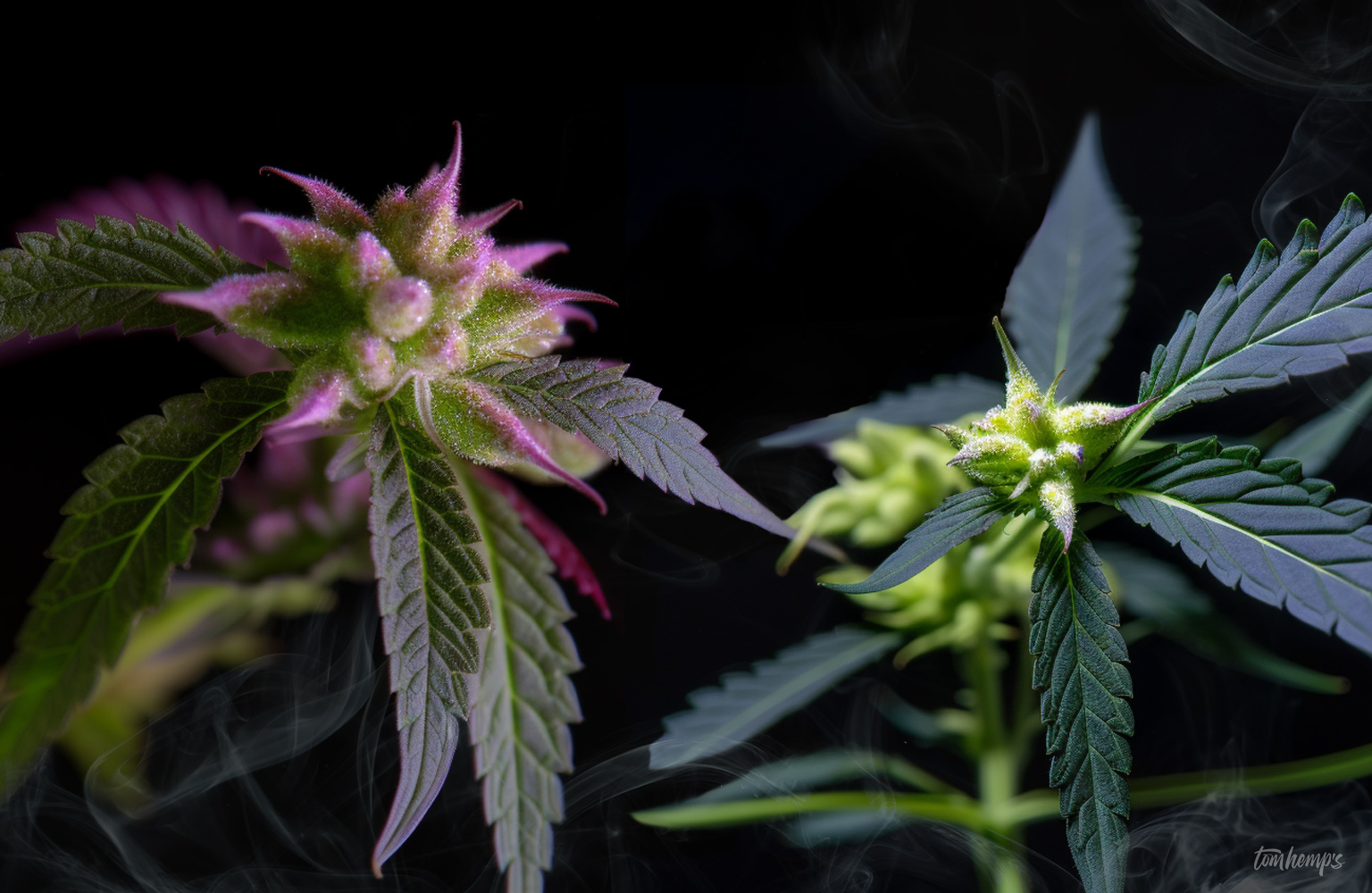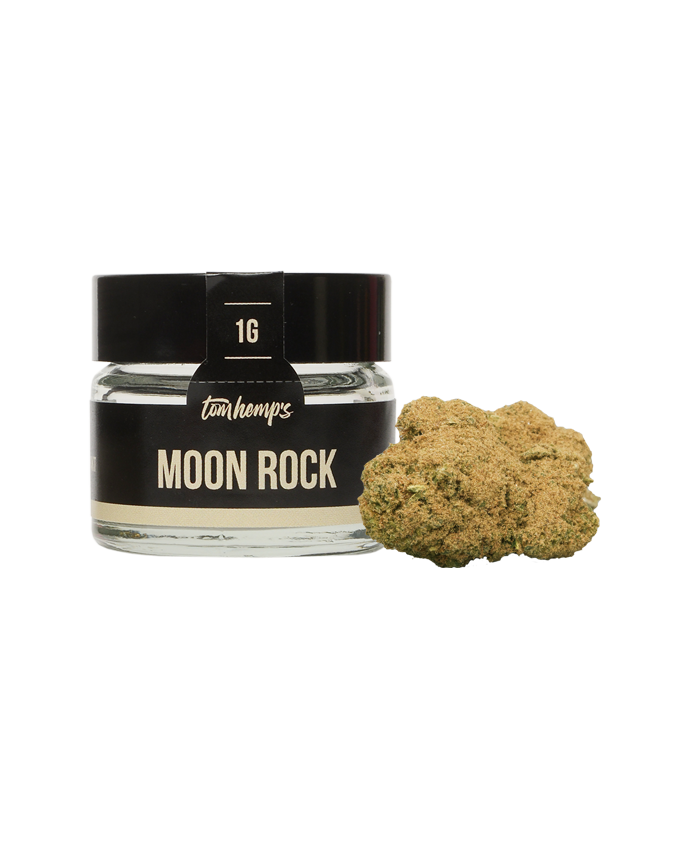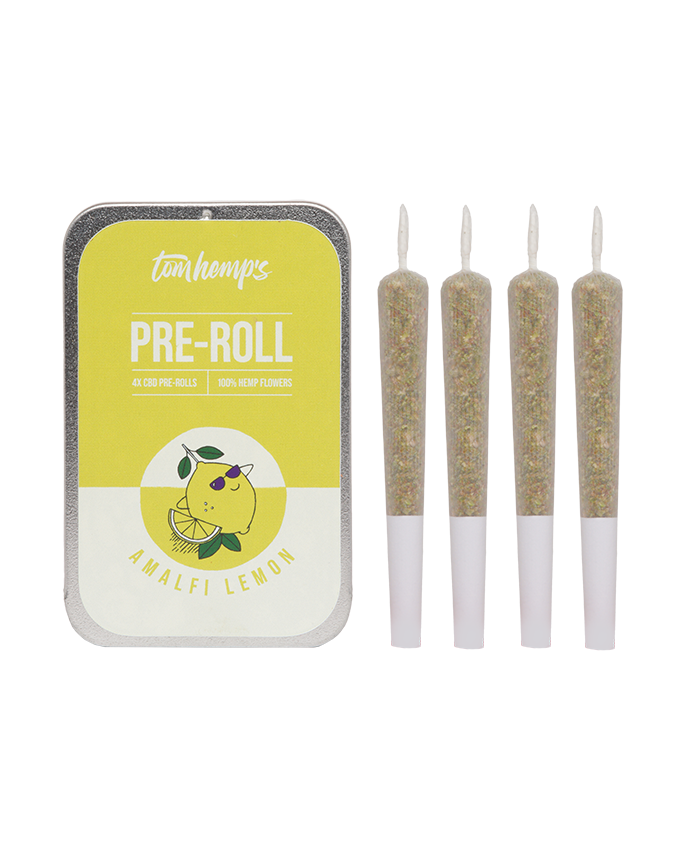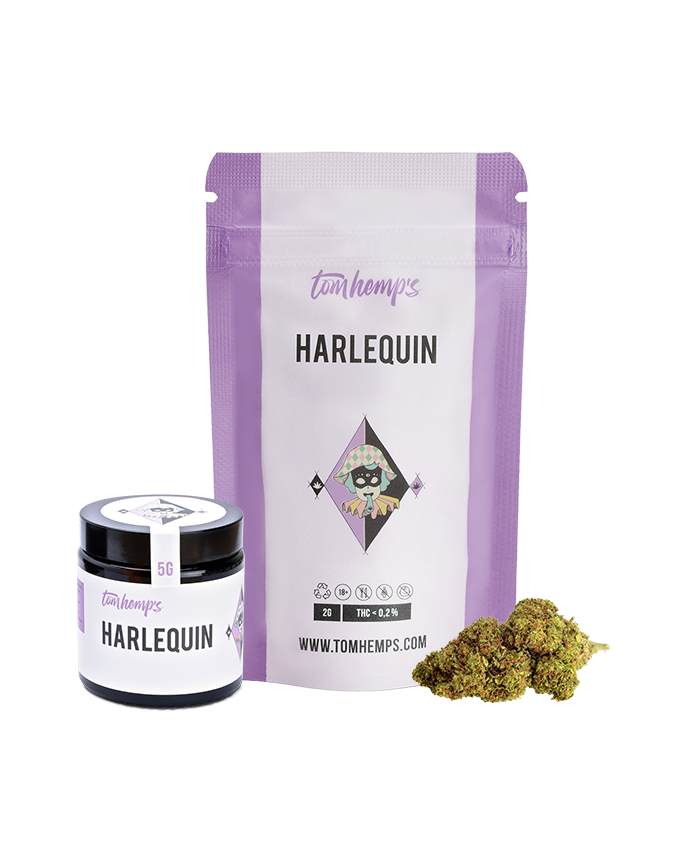Within a world of varieties, they do not stop when it is about Cannabis and it likely is not a mission impossible to get confused considering the wide spectrum of characteristics as well as the difference in effects. Within a growing world of recreational as well as medical usage, the aim of increasing the knowledge towards the cannabis species is the foundation of this article that focuses on the two most familiar types: Indica and Sativa.
With all the similarities there are, the two breeds are distinct from each other, having one significant feature being relevant when choosing between one or the other: the effect. So let’s take a deeper look at the two main types of weed and doing so let’s not leave one thing unsaid: The classification is based on separating the strains into the groups Indica, Sativa and Hybrid which mainly is dividing the types purely by the botanical structure and name. In a manner of science, that system likely will be opening a discussion on accuracy, because studies and data are taking their factuality from a model that relates to the level of terpenes and cannabinoids, the compounds found in the chemical profile of the cannabis strains.
Still at that right moment, dividing into Indica and Sativa, keeps being most relevant when it comes to sales and distribution as for consumers to decide on what form of “reaction” they look for surely it is smooth operating and less complex than getting behind a chemical structure. So let’s keep the facts based on classifying as known and get behind what it is mainly that makes the difference.
What is the difference between Indica and Sativa strains of cannabis?
Taking the easy path, we would break it down to Indica plants containing higher amounts of CBD than THC and Sativa typically showing higher amounts of THC than CBD. But easy? Well easy in that case, just as in most cases, is not the option. It needs a wider spectrum of facts making differences as due to the crossing of breeds, there by now is also high-THC Indica.
An addition we like to make to this information: The description of Sativa referred to in this article, is not to be mixed up with industrial hemp strains, that is a breed of the Cannabis Sativa plant, but cultivated in a way that it does not contain anymore than 0.3 % of THC.
From a plant based point of view, the Indica strain can be identified by growing wide, thick leaves and showing a coloring way darker than Sativa once. Its home is in cold climates and considering that size matters: their shortness is the adaptation to the life cycle compressed to the month before winter season, meaning they need to be harvested before cold and wet weathers affect growth. The flowering period is something between 45 – 65 days only. And why the name? Indica owes it to Jean-Baptiste Lamarck who referred it to a Cannabis plant from India in 1785.
Sativa, which means nothing less than “cultivated”, in the meantime had its name given by botanist Carl Linnaeus in 1753. Due to the fact the plant is best spread in dry and hot areas such as Africa and Southeast Asia, it grows tall in size and its leaves are much thinner than those of its related species. The plant can get a height of more than 12 feet which is the reason for it needing much longer to mature. Letting our nose talk, it would give a definition of fruity, even sweet.
With both those variants being characterized, breeders nowadays use the advantage of shorter flowering times of Indica by crossing them with Sativa, which makes so called Hybrids. Within commercial cannabis farming therefore most of the plants contain genetics of Indica strains by now.
What are the typical effects of Indica and Sativa strains?
Sativa strains are linked to the idea of an uplifting effect. It is the choice for those aiming to feel energized and productive through an “high”. Some would describe it as the day solution as it supports staying focussed and surely it allows for happiness to be found within. Indica meanwhile is referred to as relaxing, also happy making, but causing a physical laid-back effect. Stoned is what you likely heard in reference, the to-go-for in matters of calming down at night. And as for hybrid, users can expect a mixture of both as well as there is the option it leaves you more with the characteristics of one or the other.
We would be ignorant to not mention that any reaction also is influenced by various factors, such as the state of mind as well as the environment the weed is consumed in or the way of consuming. The tolerance and dosage are surely not less important on what exactly is going to be experienced. So it can actually be misleading to just point out the common ideas of effects without the consideration of several influencing factors as well as the level of cannabinoids and terpenes.
How do Indica and Sativa strains differ in their terpene profiles?
Considering the model of defining cannabis species by chemical profiles, as science does, the level of terpene and cannabinoid that are to be found in the strains play the main role. Whilst we know about THC and CBD, terpenes are another compound of the cannabis plant and the little heroes that influence the aroma as well as the effects.
Terpenes such as limonene, linalool, myrcene and caryophyllene are typically linked to Indica. It is them that create the spicy, earthy aroma. Sativa comparatively has higher levels of sweet terpenes such as bergamotene or farnesene. But as we know by now, the breeding and cultivation has led to hybrids, meaning that even though one terpene is associated more with either indica or sativa, they are mainly to be found in both strains.
And as for not stopping the complexity: Some terpenes are also working as cannabinoids, such as Beta-Caryophyllen which is known to have anti inflammatory effects. Leading us to the question:
What are the medical benefits of Indica and Sativa strains?
Cannabis has been associated with healing since way before our time and nowadays is used as part of alternative medicine within Western medicine systems. With one, Sativa, causing an increase of energy and creativity and the other, Indica, generating a feeling of relaxation, those reactions have to be taken into consideration when considering the medical use of marijuana.
Indica strains produce more medicine flowers. They are known for being used against pain and inflammation. Patients suffering from arthritis and cancer experience positive beneficial developments when using the cannabis species. *
As for those with psychological problems, Sativa can leave positive impacts. It has been used for decades to also treat insomnia and anxiety.
To adapt to patients requirements, there are breeds that are made available to provide just the medicine needed to cure symptoms and provide highest levels of efficiency. Each patient should make sure to contact a doctor prior to using any cannabis for treatment, as well as getting clarity on the strains consumed and that the product was also tested and is proven of purity. Which surely should not be reduced to only when using it for medical purposes, but also recreational use. And what is best for one in that case?
How do I choose the right strain for my needs?
Let’s get one thing straight: There is no ultimate guideline nor a recipe for who is made for which cannabis type. It is simply a choice made based on personal preference. What is the idea behind using weed? If it is answered by looking for an effect that energizes, it is likely that Sativa is the solution. For all kinds of relaxing: Indica should be the choice.



